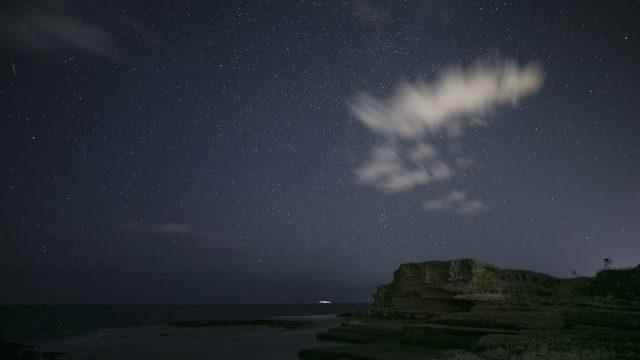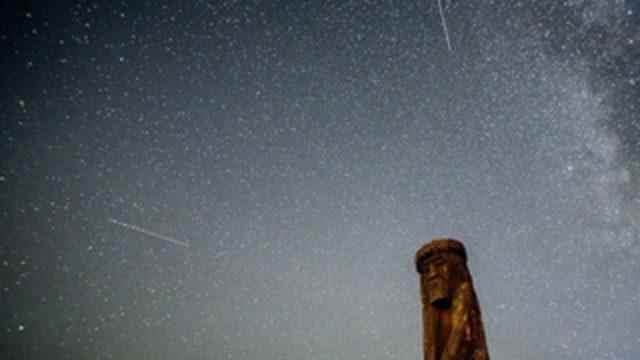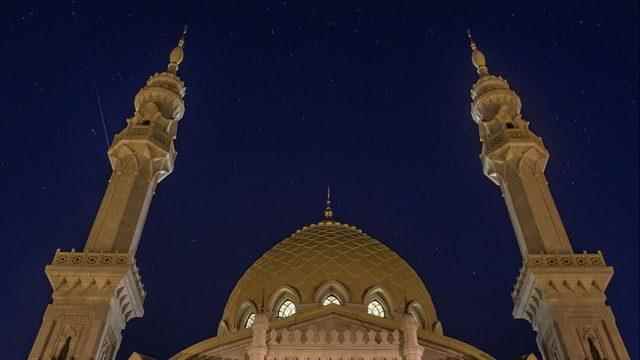Just look at the sky on August 12-13 this year to watch one of the most spectacular displays of meteorites. What causes the Perseid meteor shower, when and how can you watch the fascinating sky show?
The enchanting Perseid meteor shower is observed at the same time each year.
This year, the peak date of the meteor shower is August 12-13.
What is Perseid?
The story of the Perseid meteor shower, which humanity has recorded since ancient times, is based on what was left behind by the comet Swift-Tuttle, which orbited the Sun and passed near Earth in 1992.
“What we experience every year is that the Earth passes through the orbit of the comet and crashes into the remnants it leaves behind,” says astronomer Edward Bloomer of the Royal Greenwich Observatory in England.
The meteor shower, which will animate the sky today and tomorrow, is observed at the same time every year as a result of the Earth’s encounter with this cosmic dust cloud. Bloomer explains that this cloud of cosmic dust “ignited enchantingly” as it slammed into the upper atmosphere.
Although the Perseid meteor shower reaches its peak in mid-August, it is observed from the end of July.
Meteor showers can also be seen with the naked eye. “If you’re lucky, you might even see a fireball,” says Bloomer, who states that sometimes larger pieces come into our field of vision. Bloomer, who has been observing for years, was able to see one of them for only a few seconds.

Is it worth the wait?
Bloomer answers “Absolutely” to this question and adds:
“Turn off all the lights and wait.”
Perseids can be thought of as nature’s fireworks show. We’re talking about a show so intense that an observer can see 100 meteors per hour.
Peace of mind: Although meteorites hit the atmosphere at a speed of 215 thousand kilometers per hour, they do not pose any danger to our planet.
“Reward yourself, lay a blanket on the ground and look at the sky,” says Bloomer, emphasizing that watching the meteor shower that can be seen from all over the world is extremely relaxing.

Where does its name come from?
Because meteorites originally came from the constellation Perse, the meteor shower is called Perseid. However, different names have been given to this celestial event in many different cultures.
In Catholic tradition, the Perseid meteor showers are called “the tears of Saint Lawrence.” Saint Lawrence (Saint Lawrence), one of the seven deacons of Rome, was killed in 258 on the orders of the Roman Emperor Valerian.
Based on the narrative that Saint Lawrence was burned alive on August 10, it was believed that the Perseid meteor shower visible at that time was the sparks of the fire that burned Lawrence.
On the other hand, surprisingly accurate astronomical data on meteor showers were recorded in Persia, Babylon, Egypt, Korea, and Japan long before the Romans.
The first recorded observation of Perseids is thought to be from the Han Dynasty, which reigned in China from 206 BC to 220 AD. Dynasty astronomers observed “more than 100 meteors fly at night” in 36 AD.

meteor shower recommendations to watch
Astronomer Edward Bloomer listed his recommendations for those who want to watch the fascinating sky show:

